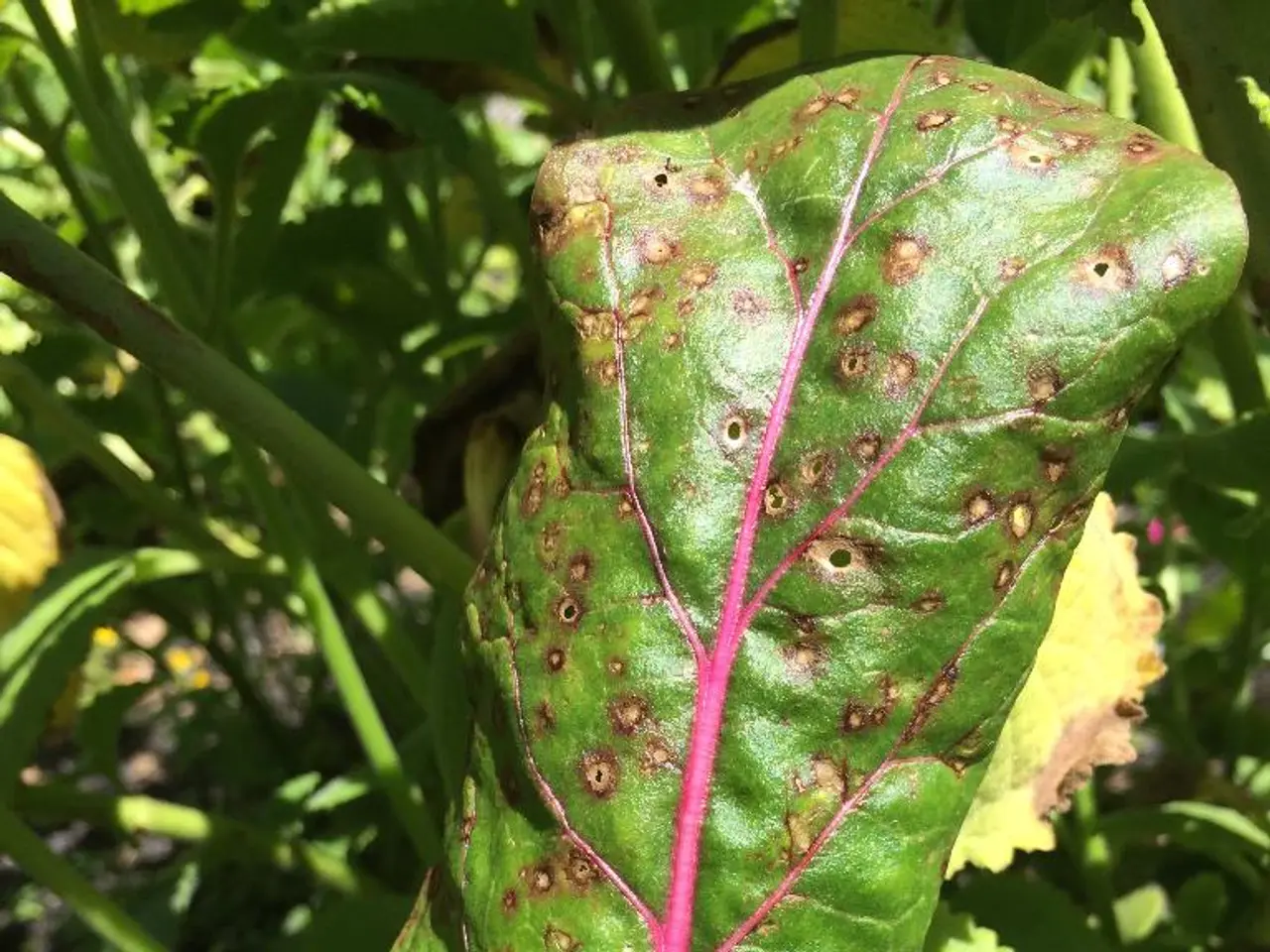Elm Tree Seeds: An Age-old Marvel of Nature's Riches
Cultivating Elm Tree Seeds: A Guide for Successful Growth and Reforestation
Elm tree seeds, also known as samaras or "elm seeds," are the reproductive units of the elm tree. These seeds hold significant value, symbolizing resilience, beauty, and the enduring connection between humanity and nature. In this guide, we delve into the world of elm tree seeds, exploring their significance, cultivation, and opportunities for enthusiasts.
The Importance of Reputable Sources
When buying elm tree clones, it's crucial to source them from reputable providers to avoid pests, diseases, or genetic instability. This is particularly important for reforestation efforts, as the health of each seedling contributes to the overall success of the project.
Seed Collection and Preparation
Elm seeds are typically collected during the autumn months when they naturally disperse. After collection, soak the seeds in water for a few hours up to 24 hours to help with germination. Optionally, treatment with a root dip or slurry of native soil and water before planting can enhance root development.
Stratification
Elm seeds often require cold stratification, meaning they need a period of cold, moist conditions to break dormancy. Store seeds in a moist medium like sand or peat moss in the refrigerator (around 1–5°C) for about 30 to 90 days before sowing, depending on the species.
Sowing
Sow seeds in a well-draining, sterile seed-starting mix, ideally in pots or nursery beds. Keep the soil consistently moist but not waterlogged, and provide adequate light and temperature conditions suited for elm seedlings.
Nursery Management
Maintain optimal nursery conditions with proper light, temperature, humidity, and protection from pests to promote strong root and shoot growth. Seedlings should be monitored for health and vigor before transplantation.
Transplanting
When seedlings are strong enough, transplant them to the field. Plant them in well-drained soil, providing ample sunlight, and water. Perform the “tilt test” to ensure stability.
Early Care and Pruning
After planting, apply mulch to retain moisture and suppress weeds. Early structural pruning to remove competing or weak branches will help develop a strong central leader and good branch scaffolding, ensuring better long-term growth.
Optional Propagation by Cuttings
Elm trees can also be propagated by woody cuttings. Take 4-6 inch cuttings, remove leaves, dip in rooting hormone, and plant in moist sterile seed-starting soil for good success.
By rigorously selecting high-quality, locally adapted seeds and managing seedlings carefully in nursery settings, you improve survival and growth rates critical for reforestation efforts in various U.S. climates.
This approach optimizes elm tree propagation success and supports reforestation goals by ensuring robust, healthy trees suited to their environments. Local communities can partner with environmental organizations, municipal authorities, and spearhead tree planting campaigns aimed at reintroducing elm trees to their native habitats.
Cultivating elm tree seeds is a process that requires specific care and attention for successful growth. However, the rewards are numerous, including backyard gardening projects, large-scale reforestation efforts, and urban green space restoration. Educational institutions and botanical gardens can utilize elm tree seeds as teaching tools, fostering a deeper appreciation for the natural world and tree conservation. Many elm species provide habitat and sustenance for various wildlife species, further emphasizing the importance of preserving and propagating these beloved trees. Preserving and propagating elm trees is a responsibility of stewards of the land, ensuring their legacy continues for future generations.
In the pursuit of reforestation and conservation efforts, using high-quality home-and-garden supplies, such as seed-starting mix and pots, can help promote successful growth of elm tree seedlings. To maintain the health of these plants and uphold the resilience symbolized by elm trees, home-and-garden practices, such as watering, light exposure, and early pruning, must be carried out conscientiously. Furthermore, enthusiasts can extend their gardening lifestyle beyond their homes by participating in local tree planting initiatives or volunteering with organizations focused on elm tree reintroduction in their community gardens and urban green spaces.




